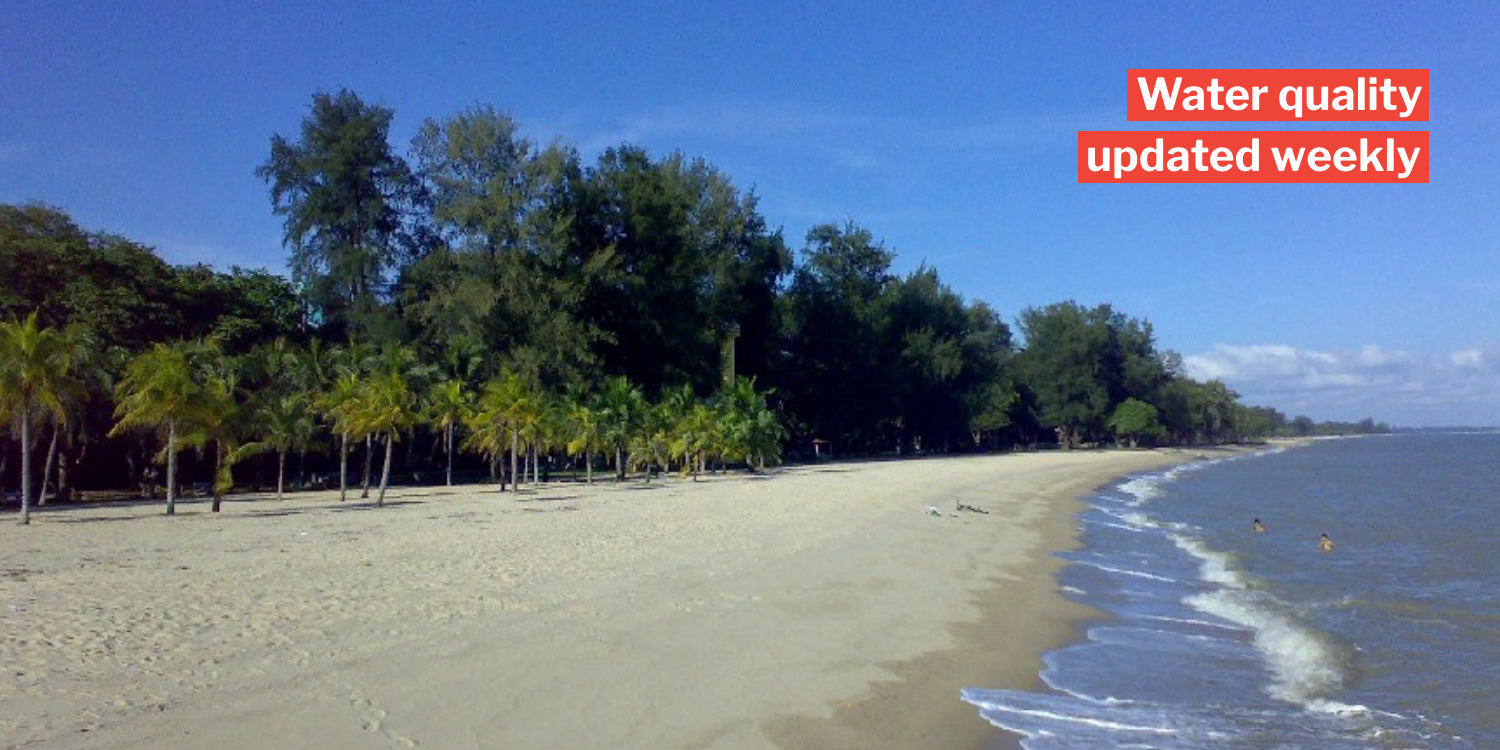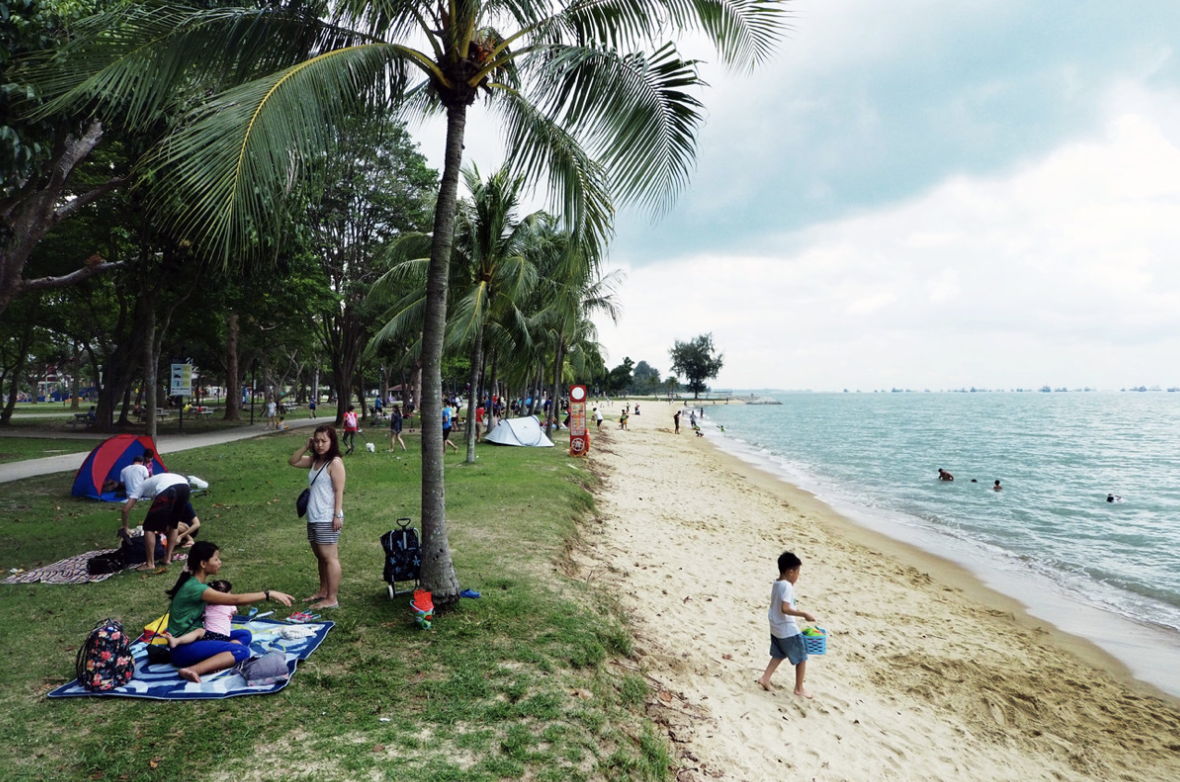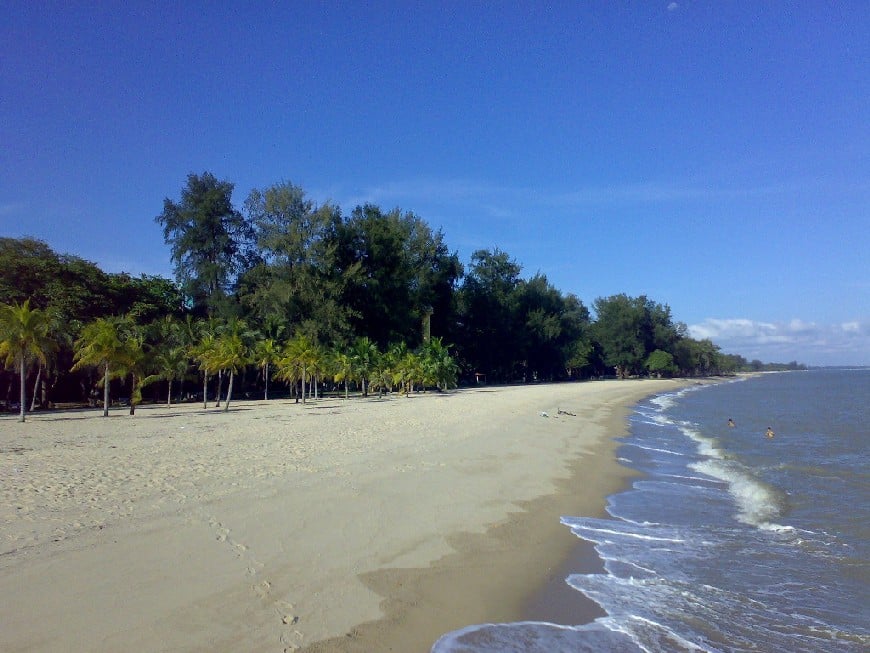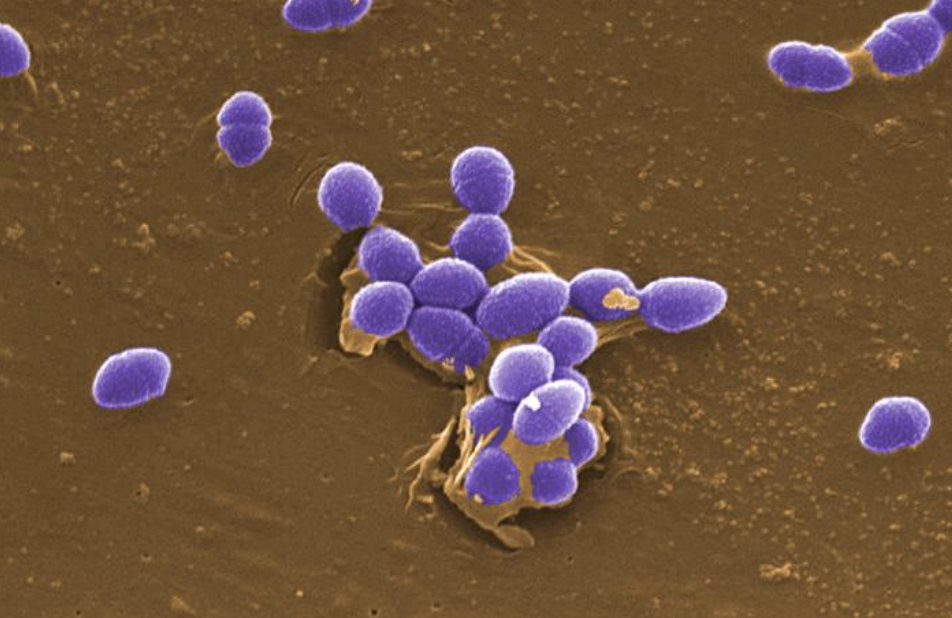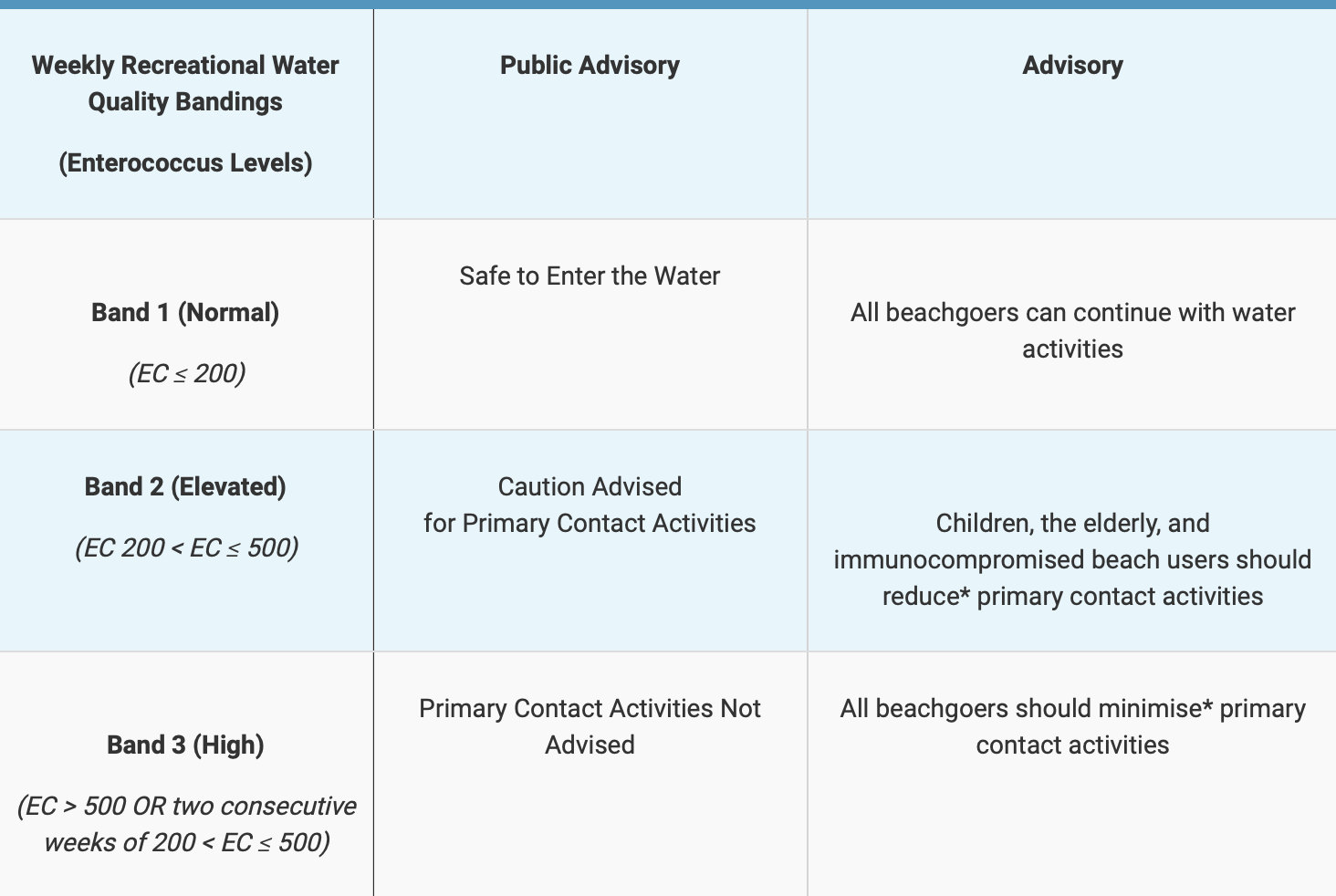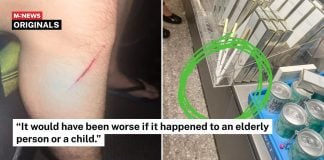NEA Lets You Check Beach Water Quality Levels On Website, Beachgoers Can Check Before Taking A Dip
Singaporeans are used to having clean running water from their taps and showers.
But when you take a dip into the sea, you can’t guarantee that you’ll come out smelling of roses.
Thankfully, the National Environment Agency (NEA) has come to our rescue. It will now update the public every week on the cleanliness of our beach water so you can check it out before your next visit.
Water quality updates at 7 locations
In a media release on Wednesday (7 Oct), NEA said that beaches at 7 locations will have their water quality updated weekly on its website.
Previously, The NEA gave such updates only once a year.
The 7 locations are:
- Sentosa Island (Siloso Beach, Palawan Beach & Tanjong Beach)
- Seletar Island
- Sembawang Park
- Changi (Beach 1 & 2)
- East Coast Park (Beach 1 to 6)
- Pasir Ris (Beach 1 to 4)
- Punggol
The water may be literally shitty
Why does the quality of the seawater we’re splashing around in matter, you may ask?
That’s because it contains enterococcus bacteria, which can be found in animal and human faeces.
And if people don’t wash themselves properly after going to the bathroom, they’ll transmit such bacteria in the seawater that they’re sharing with you.
Enterococcus bacteria can lead to all sorts of nasty conditions
If that’s not enough to put you off, if you’re infected with enterococcus bacteria, you may get all sorts of nasty conditions like diarrhoea, vomiting, fever, chest pain or shortness of breath, according to Healthline.
These are the last things we want after a relaxing day at the beach.
Thus, the more enterococcus bacteria is in the water, the more you shouldn’t go into it.
This is especially if you have a compromised immune system or an open wound.
3 different bands of water quality
To keep beachgoers safe, the NEA says it conducts tests to check the level of enterococcus bacteria in the water.
It will then rank the water quality according to 3 bands, Normal, Elevated and High.
They indicate the levels of enterococcus bacteria at the location.
Bandings come with advisories
The bandings also come with advisories for beach goers to safeguard their health.
When the bacteria level is Elevated, caution is advised, and vulnerable users (i.e. children, the elderly and the immunocompromised) shouldn’t take part in so much water activities.
When the bacteria level is High, water activities shouldn’t take place, and vulnerable users should take part as little as possible.
Hopefully, this ensures that we know when to refrain from taking a dip in literally shitty waters.
Don’t be alarmed at Band 2 or 3
However, the NEA assures the public not to be concerned if your favourite beach haunt goes into Band 2 or 3, as the levels of bacteria are “transient”.
That means the beach water is being continuously mixed up by currents.
That said, if any location gets a Band 3 reading, the NEA will monitor the water quality and probe any source of pollution.
It will then carry out necessary measures to restore water quality.
Take care at the beach
Fortunately, the NEA’s increased frequency of water quality updates can help beachgoers literally avert a shitty situation.
Should the water quality take a dip, it’s shouldn’t ruin your day at the beach as there are plenty of other fun activities to enjoy with family and friends there.
Or course, the usual safe distancing measures should also be followed amid the Covid-19 pandemic.
Do check out NEA’s website here, or the myENV app, for water quality updates before visiting the beach.
Have news you must share? Get in touch with us via email at hello@mustsharenews.com.
Featured image adapted from NEA.
